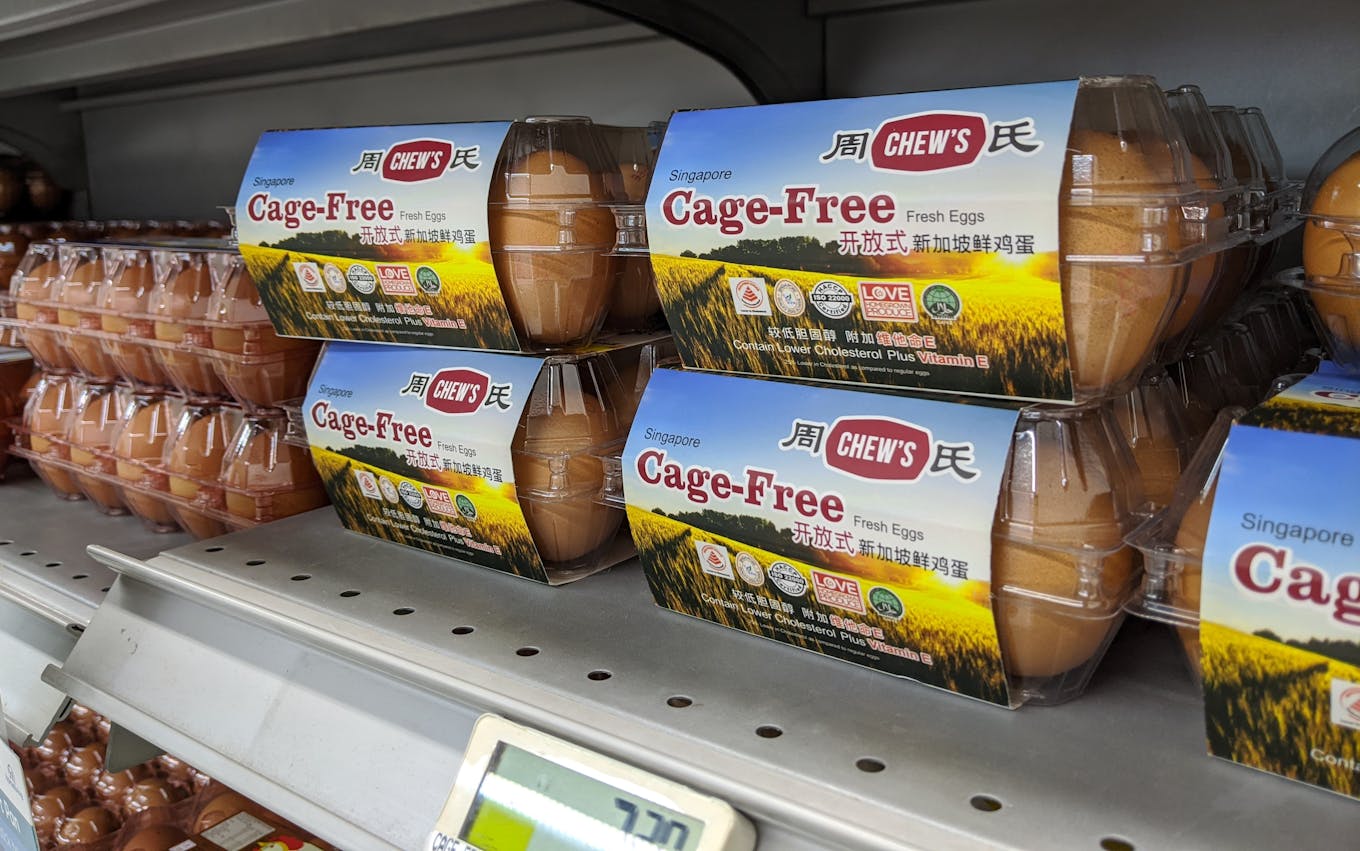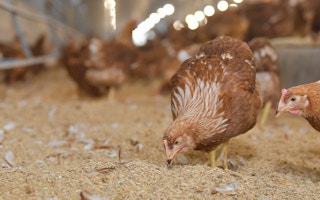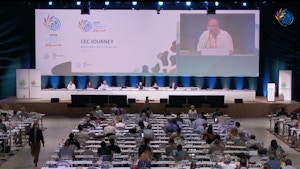The vast majority of eggs consumed globally are laid by hens that spend their lives in cramped battery cages, unable to turn around, perch or lay their eggs in nests.
To continue reading, subscribe to Eco‑Business.
There's something for everyone. We offer a range of subscription plans.
- Access our stories and receive our Insights Weekly newsletter with the free EB Member plan.
- Unlock unlimited access to our content and archive with EB Circle.
- Publish your content with EB Premium.
Responding to consumers who want better animal welfare standards for the hens, more food companies such as retailer Tesco have pledged to sell or use cage-free eggs in recent years. Supply needs to catch up, but rolling out cage-free systems, where hens are able to spread their wings and display other natural behaviours, is not a straightforward task.
“If there’s anything that needs to be changed in the system, it’s capacity building,” said Jayasimha Nuggehalli, chief operating officer of consulting firm Global Food Partners.
To ramp up the knowledge and skills needed to roll out cage-free systems in Asia, Global Food Partners and Aeres University of Applied Sciences in the Netherlands have teamed up to establish a training centre in Indonesia for Asian egg farmers.
Their goal is to set up a model farm at an Indonesian university or vocational training centre to train students as well as employees of egg producers to operate a cage-free system. The partners are hoping to set up the training centre up by October next year, and are also looking to set up another one in China, the world’s largest egg producer. One of every three eggs produced globally is from China, according to the International Egg Commission.
“
We think Covid-19, and pandemics such as this, are an opportunity to sit back and think about what we have done wrong with the food system and how we can put it right.
Jayasimha Nuggehalli, chief operating officer, Global Food Partners
“This is on-farm vocational training. People who graduate out of this (centre) can get placed on a farm to be farm managers, workers or supervisors,” said Jayasimha.
Global Food Partners is also looking to train auditors to meet the demand for companies that require third-party audit of farms, he added.
Courses will be conducted in the participants’ native languages and the consulting firm has shortlisted three universities in Indonesia that could potentially host the training centre and model farm, which could house about 3,000 birds whose eggs would be sold to generate revenue.
The centres have already garnered interest from entrepreneurs as well as existing producers, including one of China’s largest cage-free producers, said Jayasimha.
Within East and Southeast Asia, Thailand is one of the leaders in cage-free egg production, said Dawn Neo, Global Food Partners’ senior manager for corporate engagement. The kingdom’s Department of Livestock Development is working on new standards for cage-free production to meet global demand, Thai news outlet The Nation reported last week.
Thai food giant Charoen Pokphand Foods vowed on Monday to comply with animal welfare and antibiotics standards and promote the natural behaviours of both livestock and aquatic animals, to assure meat and food safety throughout its supply chain. The company began piloting cage-free egg production last year and 1 per cent of its fresh eggs are currently cage-free, stated its 2019 sustainability report. All its egg farms will eventually be cage-free.
What buyers and producers fear
Most of the team at Global Food Partners were previously with animal protection organisation Humane Society International. They had encountered companies that had made cage-free commitments, but faced knowledge gaps on the ground and other uncertainties, said Jayasimha.

Cage-free eggs in a Singapore supermarket. Image: Eco-Business
Producers need long-term commitments from corporate buyers to switch production systems, and some have notions that cage-free systems were either ultra-modern facilities that required a lot of automation, or a step backwards to farming systems in the 1970s.
Retailers and food brands, on the other hand, need to be assured of a constant supply of cage-free eggs and are hesitant to shift their supply chains or change suppliers. Another obstacle was the relatively high price of cage-free eggs, due partly to low production volumes, he said. The price difference between cage-free and battery-cage eggs is about 20 to 30 per cent, all other factors being equal.
“We thought that we had to build a system that would bridge and build confidence, both on the producers’ side as well as the buyers’ side,” said Jayasimha.
Cage-free systems have not been free from controversy, and critics have highlighted their mortality rates and issues like cannibalism. Humane Society International has said that cage-free systems are not necessarily cruelty-free, but can allow hens to have significantly better lives. Higher mortality is not inherent in cage-free systems, which require more skills and expertise to manage than cage systems, it noted.
Global Food Partners’ and Aeres’ training centres, with a focus on animal welfare and cage-free production, will be the first of their kind in Asia, Jayasimha said. The coronavirus pandemic has led to plans being altered—the team is looking at more online learning and the use of virtual reality for trainees, in addition to classes at the centre.
But Jayasimha reckoned Covid-19 is more an opportunity than a threat.
According to the Humane Society of the United States, improvements in animal welfare can improve food safety by reducing stress-induced immunosuppression, pathogen shedding, and antibiotic use and resistance. While farm management is the key determinant of pandemic risk for both cage and cage-free facilities, and it is not possible to draw a direct link between cage-free operations and pandemic risk, studies have found higher rates of Salmonella contamination in cage facilities.
“People are now thinking about where their food is coming from. We think Covid-19, and pandemics such as this, are an opportunity to sit back and think about what we have done wrong with the food system and how we can put it right,” he said.
“Food companies around the world are becoming more aware of this, and if we’re able to look at equitable consumption and ensure we consume responsibly, reduce wastage of food and raise animal welfare, this could be an opportunity to create a new world food system which is way better.”














